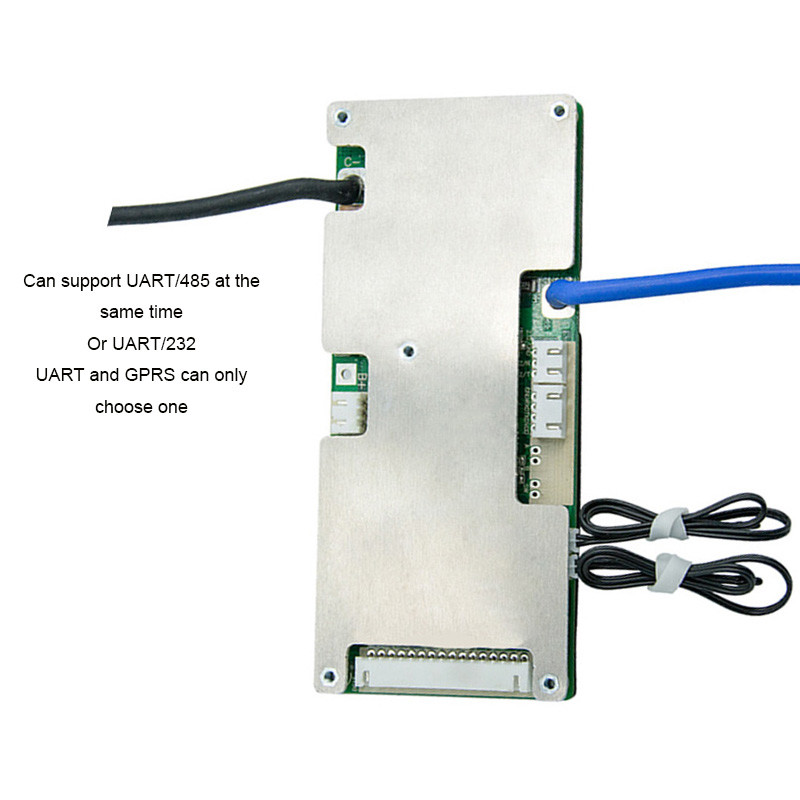Shenzhen XUWEN Technology Co.,Ltd |
|
BT Smart BMS System Battery Management Wireless UART 485 232 GPRS 14s 48v 30A 3.7V Ev BMS

RFQ
1.What is the common port and separate port? what is the
difference?
We take 13S 48V 15A BMS as an example, common port 15A means your
charge cathode and discharge cathode are connected in the same
point end(our P-), charge cathode and discharge cathode are used in
the common connection
port, so the charge current and discharge current are the same 15A.
while the separate port is separately connected by charge cathode
(C-) and discharge cathode (P-), so the charge current and
discharge current are different, discharge current 15A, charge
current 8A.
2.What is the balance function?
The working principle and function are as followings, when your one
cell voltage is upto alarm voltage(Li-ion upto 4.18V, LifePo4 upto
(3.6V), then the cell Balance starts to work, balance resistance
starts discharge with 35ma(when balance discharge starts to work,
BMS will starts a little heat up, which is the normal reflection),
the cell is in both charging and discharging status, and others
which are not reached to alarm voltage(Li-ion 4.18V, LifePo4
3.6V)are only in charging status, no discharging, when the fast
cell voltage is reached to alarm voltage (Li-ion 4.25V, LifePo4
3.75V) BMS starts off power protection, all the other cells are all
in stop of charging, this process will enable your battery charging
in balance current, and your battery voltage are in balance status,
but when your cell voltage difference are in a big range, then
balance can not be functionning well
3.The relationship between Battery capacity and BMS current?
There is no direct relationship between Battery capacity and BMS
current, big capacity doesn`t mean a big battery, but rely on
continue current, that is to say if your engine is powerful, your
should choose high current of BMS, it is not relied on battery
capacity.
4. What type of charger should I choose?
Lithium battery must choose specific charger, do not use Charger
for Leadacid battery, for leadacid charger may have MOS with high
pressure breakdown protection, which will not protect of BMS over
charge. Life Po4 battery charger voltage=battery string No.X3.6V,
while Li-ion battery charger voltage=Battery string No.X4.2V.
5. What current BMS should I choose ?
Take 10S 36V as an example: what current BMS you choose is relied
on your E-bicycle Motor power and current limitation of controller.
eg., choose 15A for below 350W, 20A for below 500W, 30A for below
800W, 60A for Below 1000W, higher than 1200W are contact with our
service specialist for suggestions, one inall, continue current
shall be higher than current limitation in Controller.
6. Whether my BMS damaged?
if you want to judge if the BMS is damaged, please take the
folowing steps, to test if each cell voltage is the same with
voltmeter? if the cell voltage difference is over 1.0V, the fault
is displayed that it cannot run far, no power supply at the
start range, short charge time, all these issues are almost caused
by battery cells, if BMS damaged is displyed as no charge, no
discharge, no discharge while the battery has voltage.